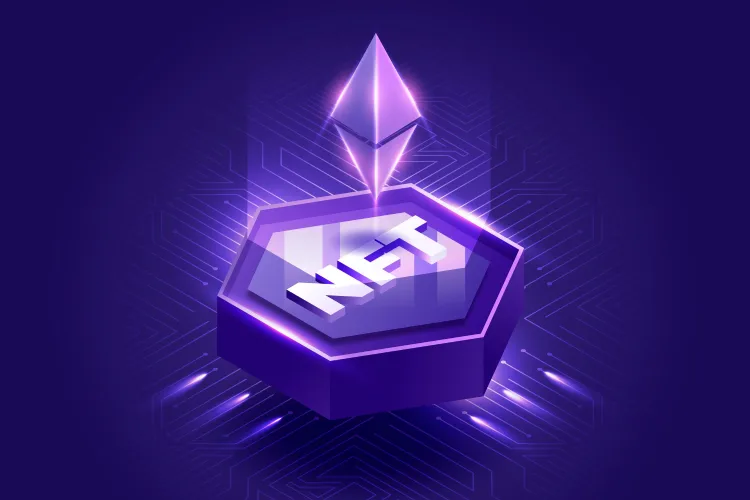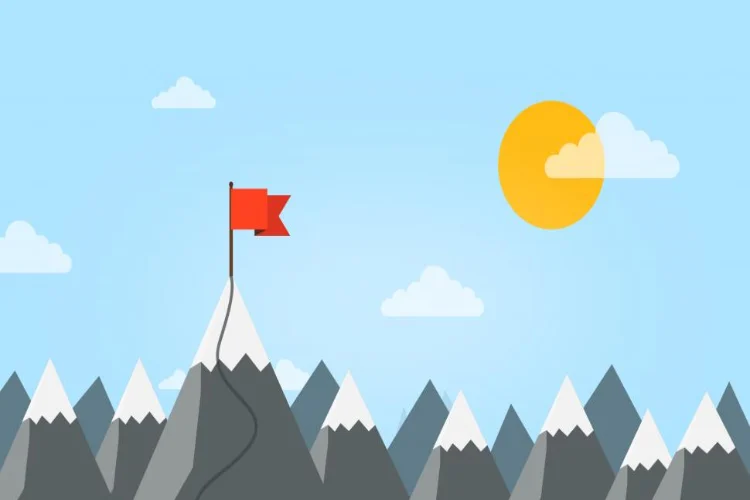Non-fungible tokens have taken the art world by storm, with record-breaking sales and high-profile artists like Grimes jumping on board. But it’s not just visual art that’s getting in on the action. NFTs have evolved far beyond their initial function and can represent unique ownership of almost any digital asset.
So, what makes NFTs so special? Well, unlike traditional digital files, when you buy an NFT, you’re not just getting a copy of the file. You’re actually purchasing ownership of the entire digital asset. Think of it like buying a one-of-a-kind autographed painting or rare baseball card. Except, with NFTs, the possibilities are almost unlimited, thanks to the flexibility of the NFT-minting system.
It’s no wonder that the most noteworthy transactions in the NFT industry have made headlines across countless media sites. With Grimes selling a collection of digital art for $6 million and Beeple’s visual art piece selling for a whopping $69 million, the potential for NFTs to revolutionize the art market is clear.
But it’s important to remember that NFTs aren’t just for artists and art collectors. They have the potential to represent unique ownership of any digital asset, from music to virtual real estate.
How frequently NFTs are created
With millions of dollars being paid for unique digital assets, how exactly are these assets converted into NFTs? The process is known as minting, and it can happen on a variety of blockchains, but the most popular ones are Ethereum and the Binance Smart Chain. For Ethereum, all that’s needed is an NFT-supported Ethereum wallet and an account on an Ethereum-based NFT marketplace. From there, it’s as simple as uploading the file and minting it onto the marketplace.
This process is perfect for digital graphics and music, which can be uploaded in file form and minted directly onto the NFT marketplace. But it’s not limited to just those forms of media. Anything in file form can be uploaded, minted, and sold in NFT form on any Ethereum-based NFT-trading platform.
While assets in downloadable file form may be the most basic forms of NFTs, they can still hold significant value. Think of it like a classic autographed baseball card. These transactions often involve a downloadable asset that is offered to the highest bidder for downloading and limited ownership rights. It’s important to note that ownership rights do not equate to copyrights, which are legally reserved for the creator.
While NFT ownership may come with bragging rights and the potential for future trade, it falls short of comprehensive copyright ownership. The legal implications of NFT ownership have proven to be a significant barrier for leading NFT-trading platforms. International legal discrepancies have made it challenging for these platforms to offer comprehensive copyright ownership to NFT buyers. However, emerging platforms such as HUP.MARKET are looking to change that.
HUP.MARKET, a soon-to-be-launched NFT marketplace from HUP.LIFE, is poised to be the first NFT marketplace that enables artists to license and sell their artwork and all related copyrights in an internationally enforceable legal framework. The platform aims to address the legal barriers that have so far been a challenge for existing NFT platforms.
HUP.MARKET’s solution involves enabling artists and collectors to own the NFT itself, as well as a “Ghost NFT” of its copyright. This will allow artists to retain control over their work and ensure that their intellectual property is protected.
Digital assets add complexity to the industry
In case you missed it, Twitter CEO Jack Dorsey sold his first tweet as a non-fungible token (NFT) for almost $3 million. This sale represents a new aspect of NFT trading that may dominate the industry’s future: online-asset minting. Unlike traditional file-based NFTs such as music and art, tweets are among the budding class of NFTs that are created on the internet and intrinsically tied to their original online ecosystems.
Surprisingly, the process for minting these digital assets is not as complicated as you might think. Anyone with the creator’s consent can mint a tweet to be sold on any supporting NFT-trading platform. The auction winner can pay out using either fiat currency or the platform’s native token, and the NFT is then transferred to their crypto wallet. The change in ownership is permanently stamped onto the blockchain.
This recent tweet craze is not the only example of online-asset auctioneering. “Charlie Bit My Finger,” a beloved YouTube clip that was among the platform’s first viral videos, was recently sold as an NFT for $760,999. The video is expected to be removed from YouTube, its home for over a decade and the platform from which it originally derived its value, following the sale.
The sale of YouTube videos as NFTs lies somewhere between the more traditional, file-based sales of artistic works and the novel, site-based assets such as tweets. Regardless, the implications of such transactions cannot be understated. The expansion of the once isolated NFT market may shift the landscape of the internet as we know it.
What does this mean for the future of digital-asset monetization? Only time will tell. The impacts of pre-existing digital-asset monetization will be positive or negative are yet to be determined.
Self-perpetuating NFT environments
The world of NFTs (non-fungible tokens) is expanding rapidly, with blockchain-based projects and collectibles leading the way. These initiatives use cryptocurrencies and NFTs for entertainment and asset collecting purposes. One such project is Decentraland, a virtual-reality world where NFTs represent “LAND” parcels and other in-game items that players can trade with each other. Meanwhile, asset marketplaces like Binance Collectibles offer a user-friendly platform for collectors to exchange rare NFTs, just like they would with traditional collectibles such as stamps or baseball cards.
The NFT space is filled with exciting possibilities. Artists have paved the way for the creation and trading of file-based assets, while tweets and YouTube videos represent the first wave of monetized online assets whose partial ownership rights can be sold to the highest bidder. Furthermore, NFT projects and collectible-exchange platforms demonstrate that this emerging technology can thrive in its own ecosystems without relying on outside assets.
It’s anyone’s guess as to what the future holds for NFTs. However, our current understanding of what constitutes an NFT offers some insight. Moreover, forthcoming solutions to copyright issues will likely expand these parameters exponentially. One thing is certain: attempting to predict the limits of NFTs is probably a futile endeavor.

 Steps To Test Your Business Idea For Maximum Results
Steps To Test Your Business Idea For Maximum Results